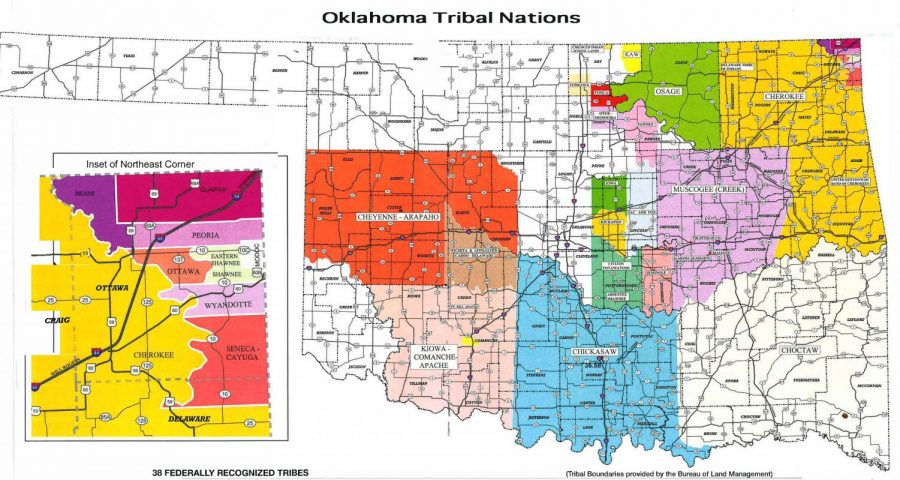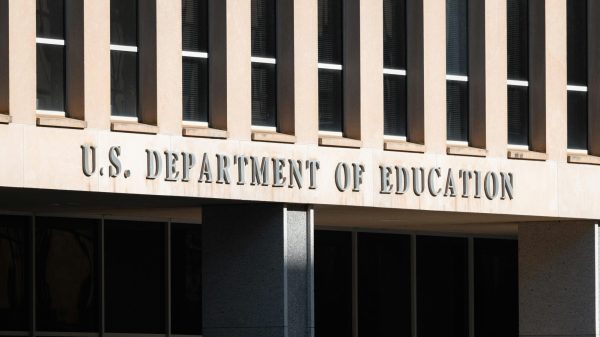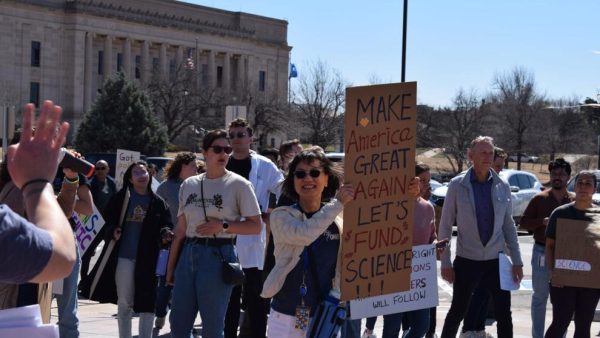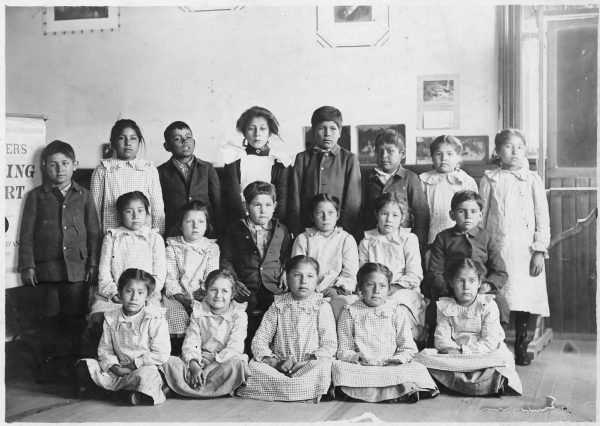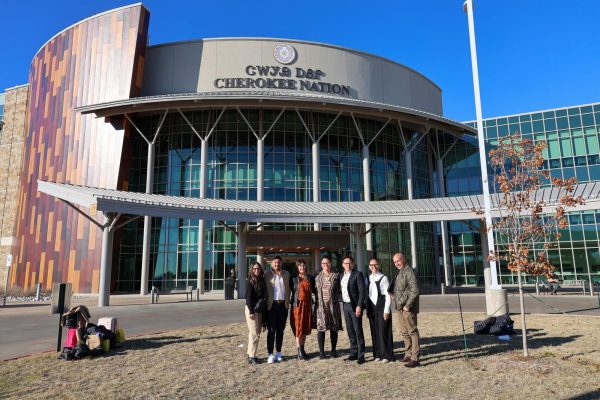Economic impact of tribes increases substantially as tribes anticipate future economic relief
The economic impact of the tribes in Oklahoma has increased substantially during the past few years, and funds from the American Rescue Plan are only going to continue this trend.
The Oklahoma Native Impact study, authored by Kyle Dean, director of the Center for Native American and Urban Studies at Oklahoma City University, said the expansion of tribal influence has led to improvements across the state.
“[Significant growth] over this time frame has allowed tribes to spend more dollars on other economic opportunities within their region and to increase government services and invest in roads and other capital projects,” Dean said. “All have led to increases in employment and community impact.”
The study names tribal activity as the ninth-largest industry in Oklahoma. It also states that the total economic impact of Oklahoma tribes in 2017, the latest year for which data is available, amounted to $12.9 billion, up from $10.8 billion in 2011. Before the 2017 data was released, the most recent data on tribal economic impact came from 2011.
The tribes increased their employment numbers by more than 10% during that six-year time period. While Dean’s study represents a cumulative economic impact, the tribes contribute to the state economy in their own ways and make investments that aid in providing financial support to tribal and non-tribal Oklahomans.
The Choctaw Nation alone in 2019 “invested more than $183 million in new projects and supported 18,152 Oklahoma jobs, paying wages and benefits of $839 million to Oklahoma workers,” said Michelle Weaver, the tribe’s communication specialist.
The benefits of tribal influence on the economy do not stay in one area. Oklahoma tribes contribute to a range of economic sectors.
“The Choctaw Nation provides numerous job opportunities ranging from healthcare, education, social services, administration, information technology… just to name a few,” said Weaver.
Tribes have provided substantial amounts of money to support education. The study stated that Oklahoma tribes provided $198 million to fund Oklahoma education in 2017. That includes exclusivity fees from gaming compacts.
“Last year we gave about $5.7 million to different school districts, and that’s something that goes on top of what they’re already budgeted for through the state,” said Bryan Warner, deputy principal chief of the Cherokee Nation.
In addition to their support of Oklahoma public education, tribes have spent money to further the education of tribal citizens.
According to the study, Oklahoma tribes spent $80.5 million in 2017 for tribal education programs, scholarships and donations to various Oklahoma education institutions.
The study explains that the influence the tribes have is due to their enduring presence in the region. The permanence of tribal boundaries ensures the tribes will continue their impact for all types of Oklahoma communities.
That includes aiding Oklahoma’s extensive rural population, which tribes often focus on.
“A lot of what we do is try to provide opportunity to help the human capital in small rural areas,” said Warner. “We represent communities that might have been forgotten about.”
Those communities especially have been hit hard by the COVID-19 pandemic. The data has not been released, but Dean predicts he will see a decline in revenue and employment from the tribes.
However, Dean says tribal actions taken to protect citizens from financial losses will likely be reflected in the numbers for 2020 and 2021.
“Some tribes did keep their employees on payroll even though their facilities were closed, so while I expect to see a decline in employment, these tribal actions will mitigate losses due to COVID relative to other businesses in the state,” Dean said. “Tribes did receive CARES Act dollars which offset a small portion of these revenue losses.”
The tribes are also set to receive billions of dollars from the American Rescue Plan of 2021. This would result in the largest infusion of cash into tribal communities in history. On Thursday, HUD announced it was sending $66 million to Oklahoma tribes in housing block grants to help pay for construction of tribal-owned housing.
Overall, tribal influence in Oklahoma shows no signs of stopping. While the COVID-19 pandemic has hit tribal and non-tribal communities hard, tribes are looking at what positive economic impacts they could have on the future, including increasing employment numbers.
“The sky is the limit for what we can do,” said Warner.
Gaylord News is a reporting project of the University of Oklahoma Gaylord College of Journalism and Mass Communication. For more stories from Gaylord News, visit GaylordNews.net.

[email protected]
https://twitter.com/DeggsTV
https://www.linkedin.com/in/kaitlyn-deggs-198a19182/

